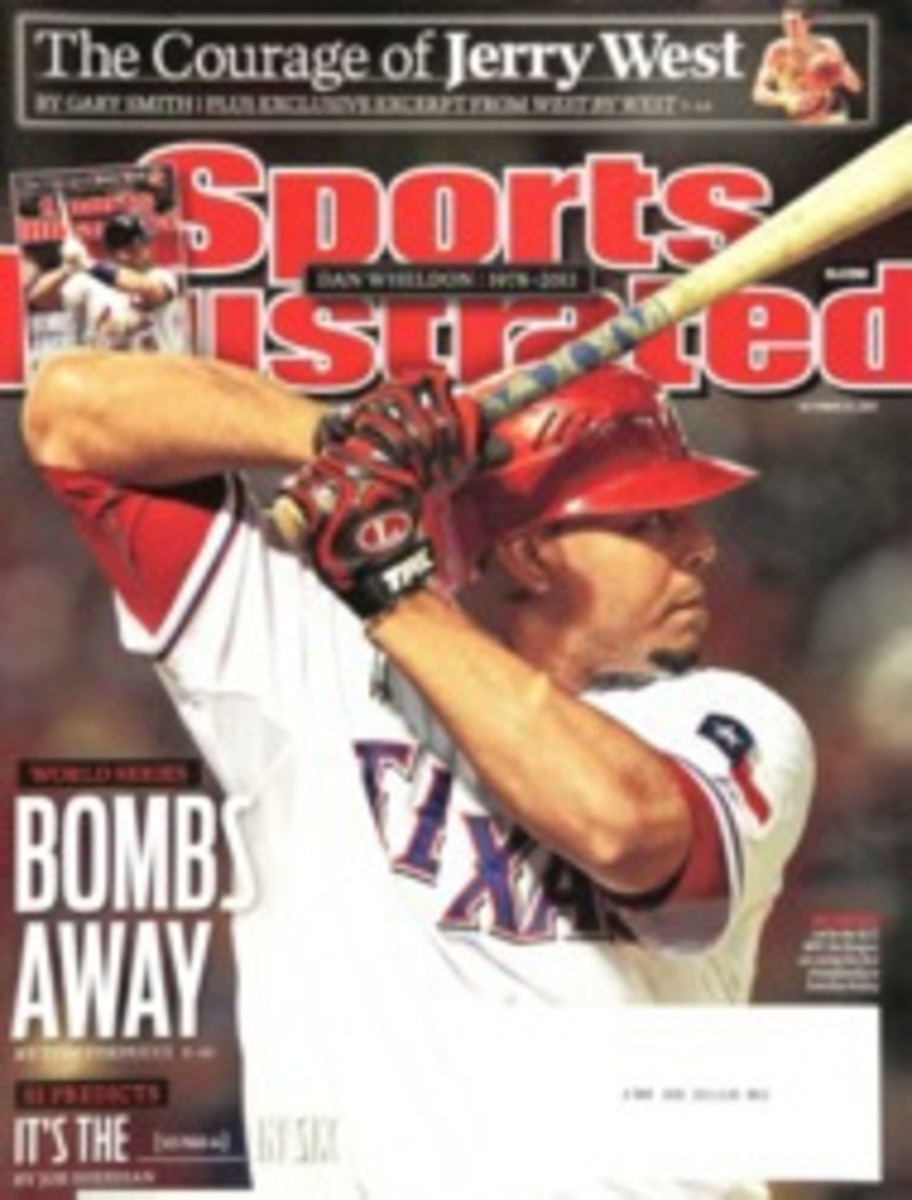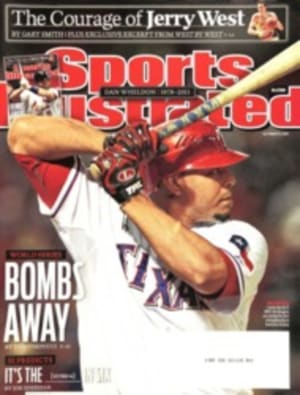
LEARNING TO PLAY NICE
A year ago Sunday was an uncomfortable day in the NFL. In three stadiums across the Northeast a defensive player became a human missile, smashing into his opponent, helmet to helmet, as he attempted to catch a pass, leaving the receiver sprawled on the field. In a different era the hits would have been celebrated as the essence of pro football, but by Oct. 17, 2010, those hits had been redefined as unnecessary roughness.
On the morning after the explosive tackles by Pittsburgh's James Harrison, Atlanta's Dunta Robinson and New England's Brandon Meriweather, now with Chicago, those hits also became more costly for the perpetrators, as the league started levying heavy fines and threatening suspensions.
"It was very clear in our minds that this was a bad Sunday," says Ray Anderson, NFL executive vice president of football operations. "I knew intuitively coming into the office the next morning that we were going to take a much more aggressive approach in enforcing our current rules."
That Wednesday the league sent a video to its 32 teams that differentiated between illegal tackles (helmet-to-helmet blows or launching into defenseless receivers) and legal ones. The video was mandatory viewing for players and coaches in meeting rooms around the NFL.
Anderson calls Oct. 16, 2011, a happy anniversary of what came to be known as Black Sunday. With the number of fines for illegal hits down slightly from '10 and no suspensions to date, he believes his sport is safer than it was a year ago, a point supported by Dr. Ann McKee, a professor of neurology and pathology at Boston University's School of Medicine who studies the brains of deceased soldiers and football players at the Bedford (Mass.) Veterans Administration Medical Center. "When the league makes any small change, like changing the kickoff by five yards," she says, "those five yards will remarkably reduce the amount of concussions."
But while the 2011 NFL season has been a kinder, gentler one, not everyone is enjoying the ride. Many defensive players say they have faced a difficult adjustment. The speed of football makes helmet-to-helmet hits inevitable, they say, and the toll on their pocketbooks is dulling their warrior spirit.
"They teach you growing up that you've got to be violent and put the fear of God in people, but when you get to the league that you've been dreaming about your whole life, they tell you to change your game 100 percent or get money taken from you," says Meriweather, a free safety who last year was fined $50,000 (later reduced to $40,000) for his hit on tight end Todd Heap. This season Meriweather has already been fined twice, for a total of $45,000.
"I try lowering my target zone, but if you have a receiver who's 5'8", it's still going to be a helmet-to-helmet collision," he says. "How do you avoid that when you're running full speed?"
Packers linebacker Desmond Bishop recalls having a clear shot at Falcons quarterback Matt Ryan in a game two weeks ago. "I didn't quite know how to hit him," Bishop says. "I didn't want to hit him too high, when it should be natural to just go hit him. I ended up getting the sack, but I didn't hit him as hard as I wanted to."
Another problem, says one general manager who asked not to be identified, is oversensitivity on the part of referees to the new enforcement guidelines. "We've seen some calls that are bad calls," he says. "I get that we're trying to err on the side of caution, but it's affecting games."
Anderson says he believes the NFL has an important role in setting an example for college and youth football, in addition to keeping its own players upright, but acknowledges that the league will never arrive at "a perfect solution that will satisfy everyone." Nevertheless, Anderson and Merton Hanks, the NFL's vice president of football operations, continue their work, studying 45 to 85 plays each week to determine if players who have run afoul of the rules should be fined.
Clearly there are few easy answers in a game with violence at its core. Even with signs hanging in every NFL locker room showing the danger of helmet-to-helmet hits, the league will have to work even harder to convince players of the risks.
"Guys are out there to make plays," says Redskins cornerback DeAngelo Hall, "and if that play is going to cost me $30,000 or $40,000, at the end of the day I'm trying to win a game."
Adds Jets receiver Plaxico Burress, the kind of offensive player the rules are designed to protect, "If you have a chance to knock me out or break my leg, man, knock me out. That's missing a game or two, not the whole season. As receivers, we know what we signed up for."
"I ENDED UP GETTING THE SACK," BISHOP SAYS OF RYAN, "BUT I DIDN'T HIT HIM AS HARD AS I WANTED."
SIGN OF THE APOCALYPSE
The 31-year-old California man who threw a hot dog at Tiger Woods during the Frys.com Open on Oct. 9 explained two days later that he had been inspired to fling the frank after seeing the movie Drive, which left him wanting to do "something courageous and epic."
ILLUSTRATION
ILLUSTRATION BY DARROW
PHOTO
DAMON TARVER/CAL SPORT MEDIA (WOODS)
PHOTO
CMS PHOTO (HOT DOG)

